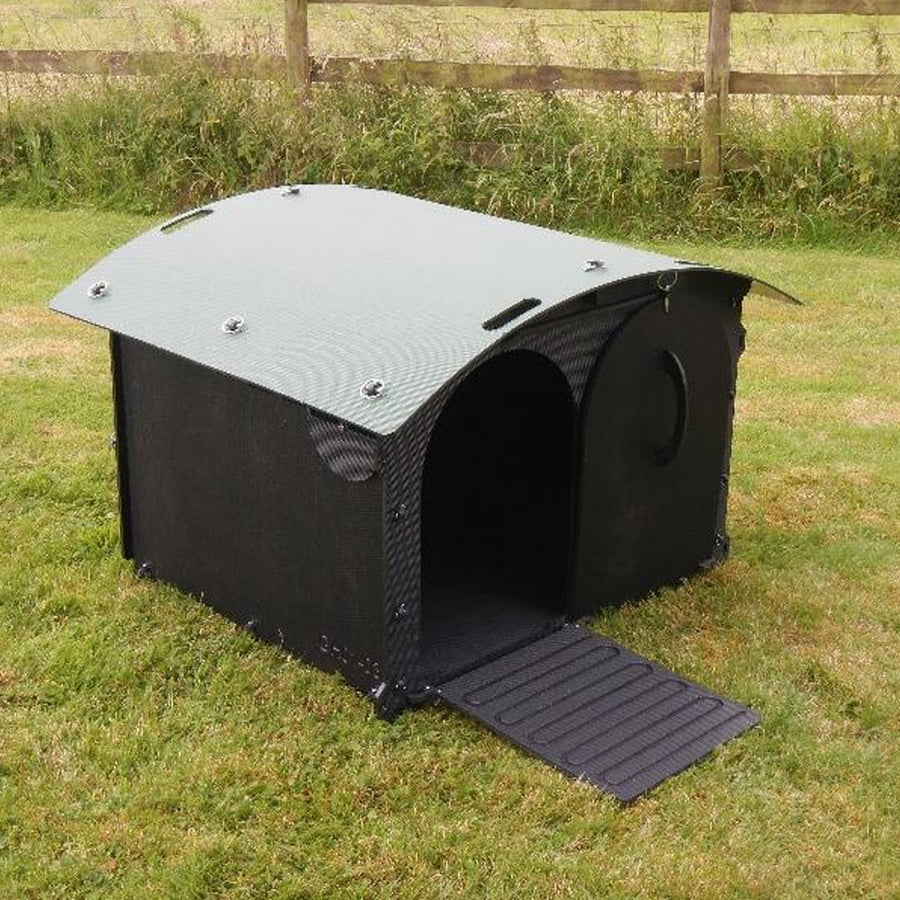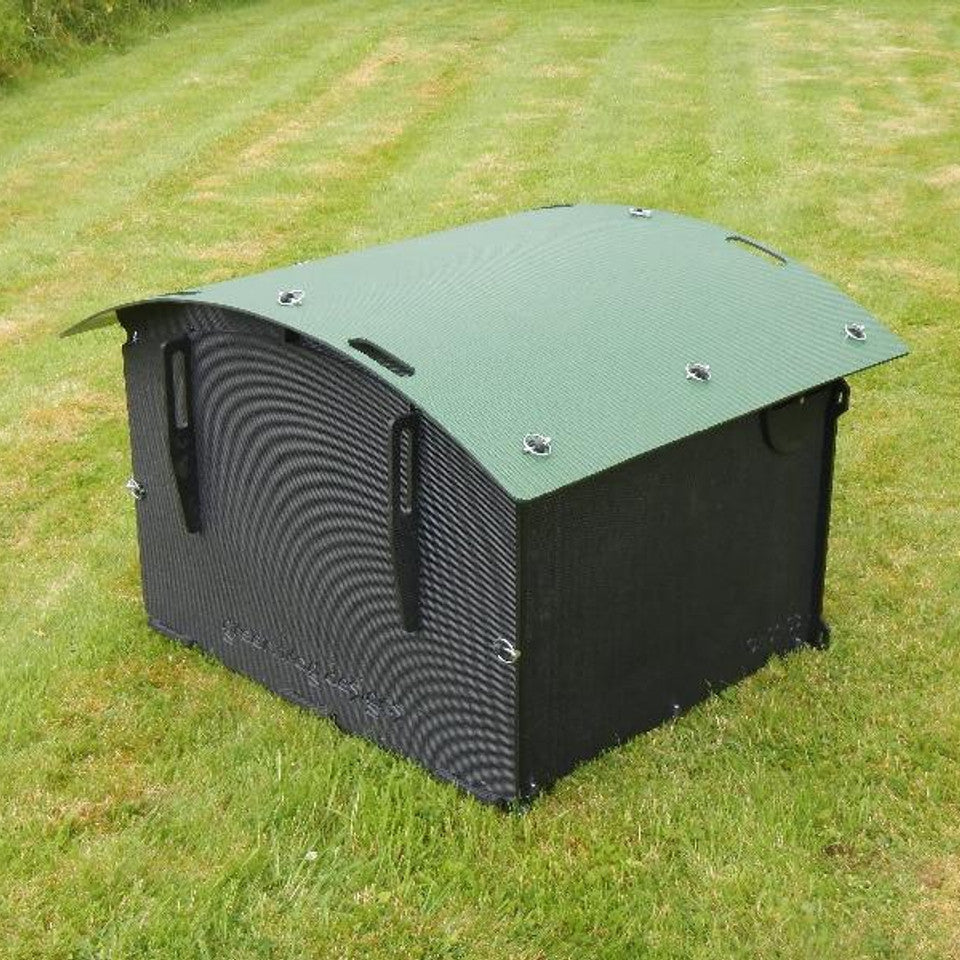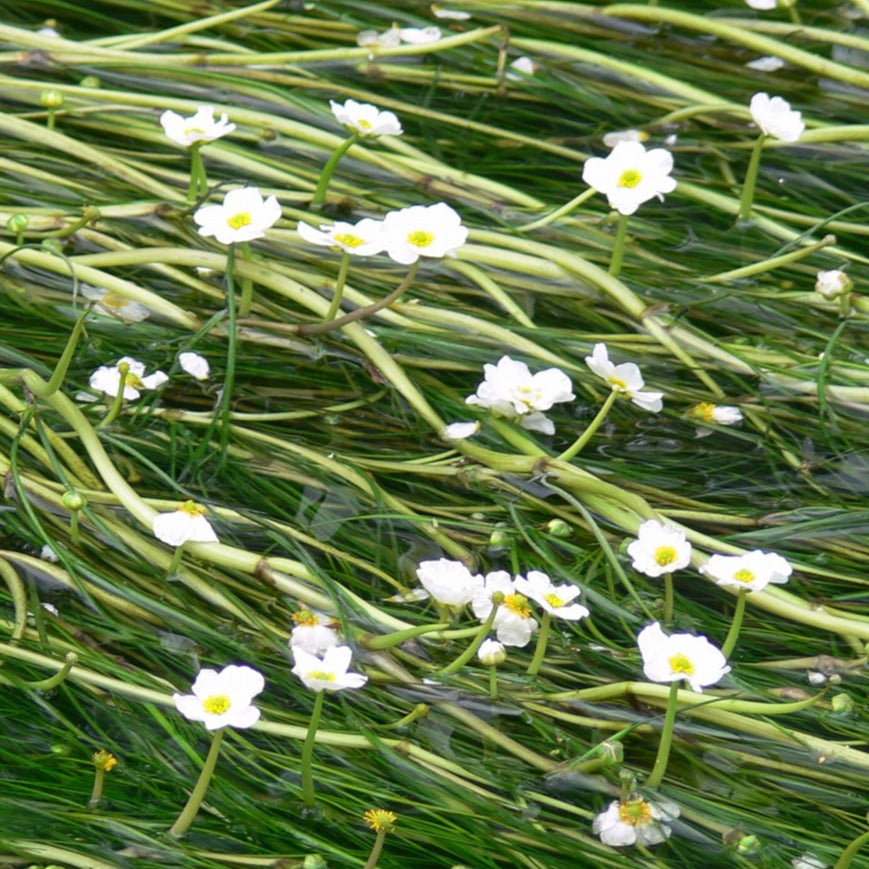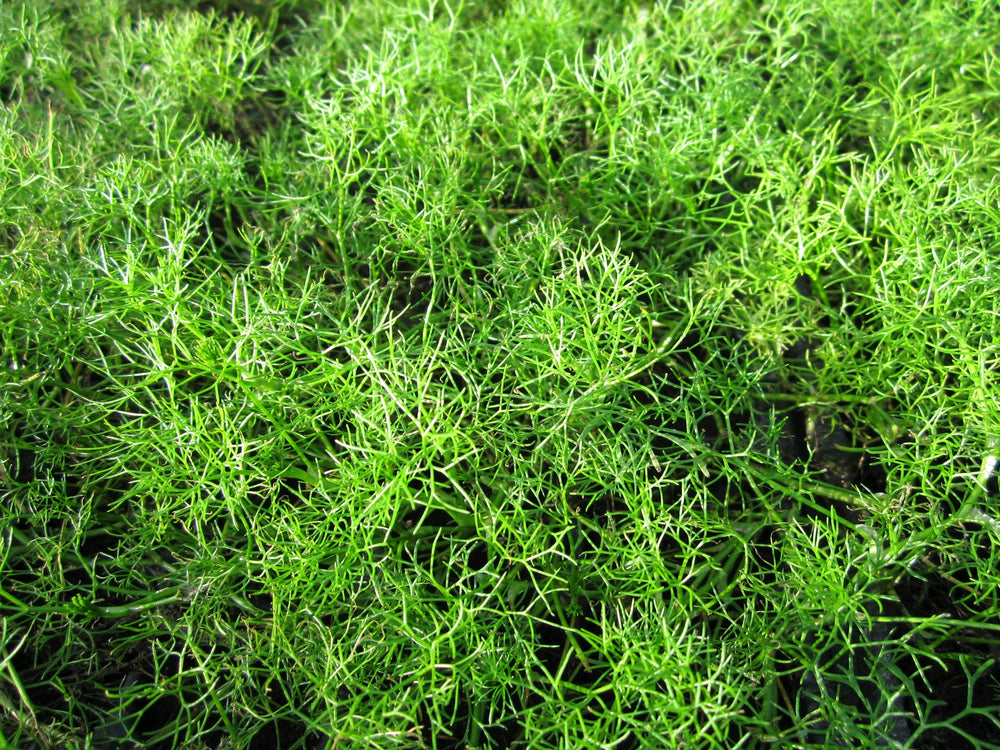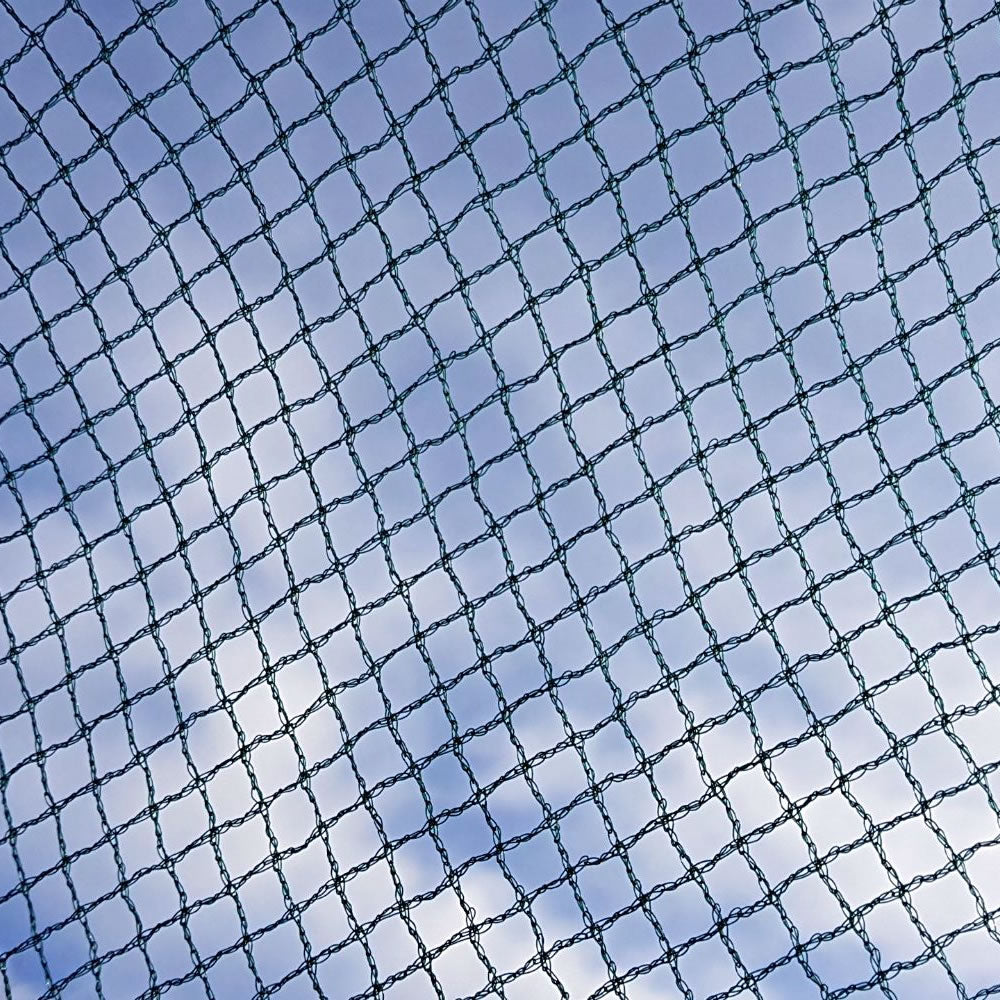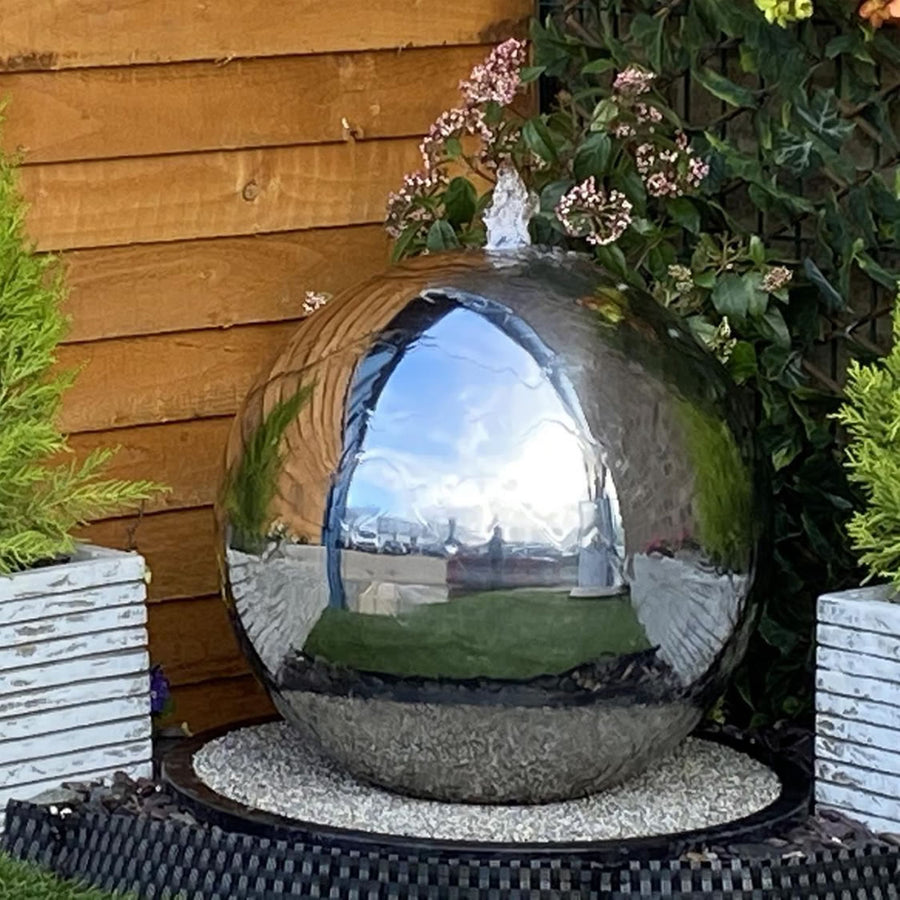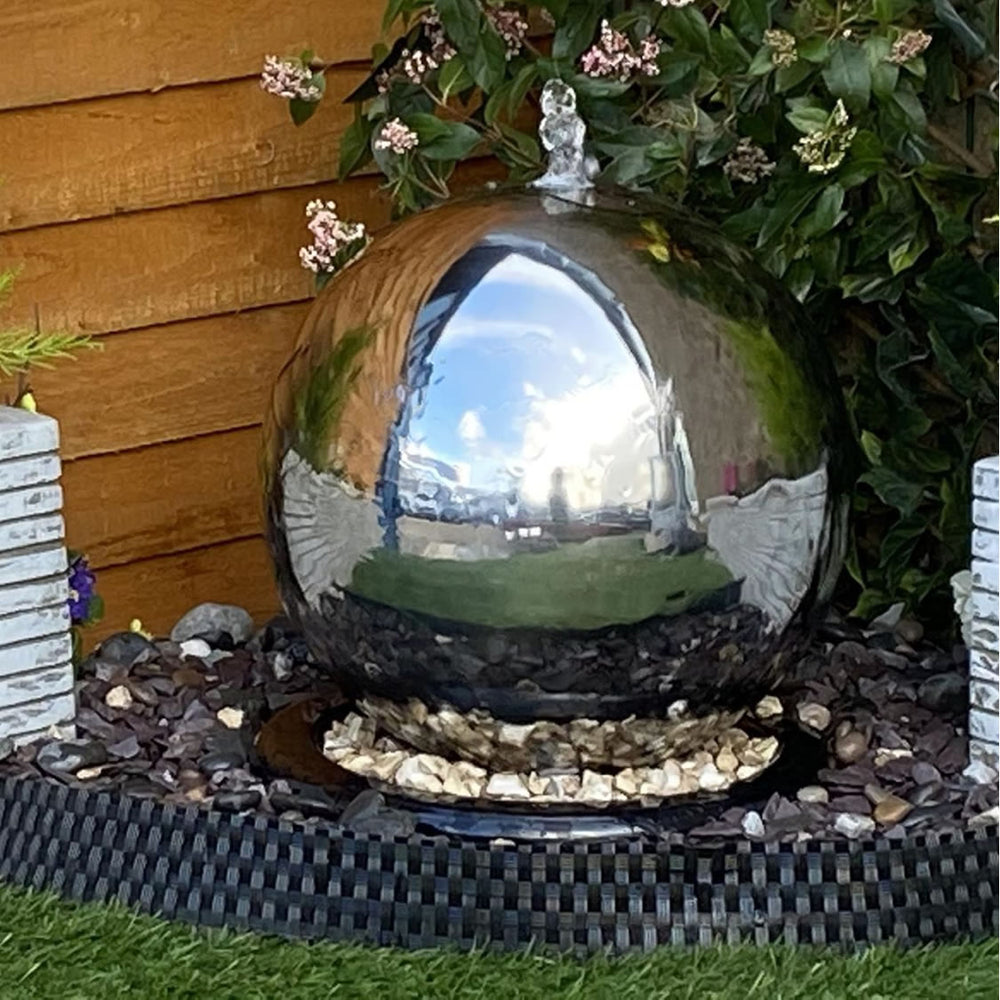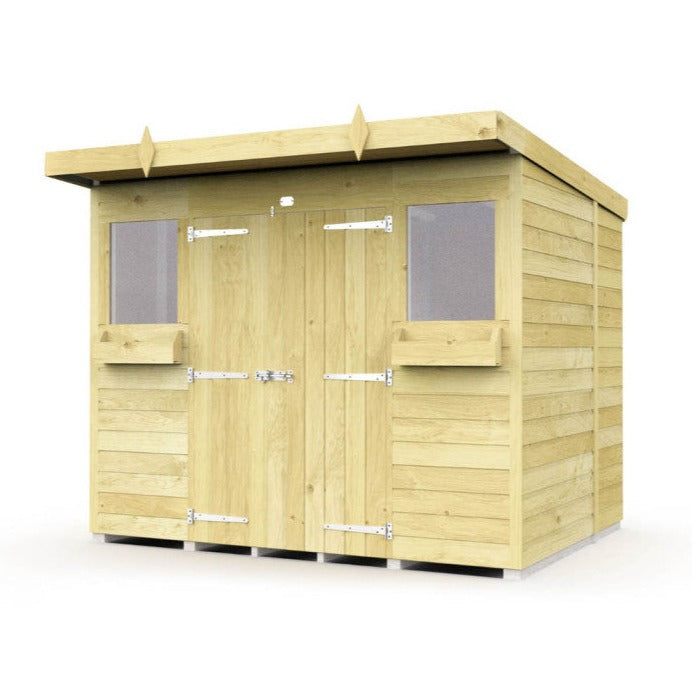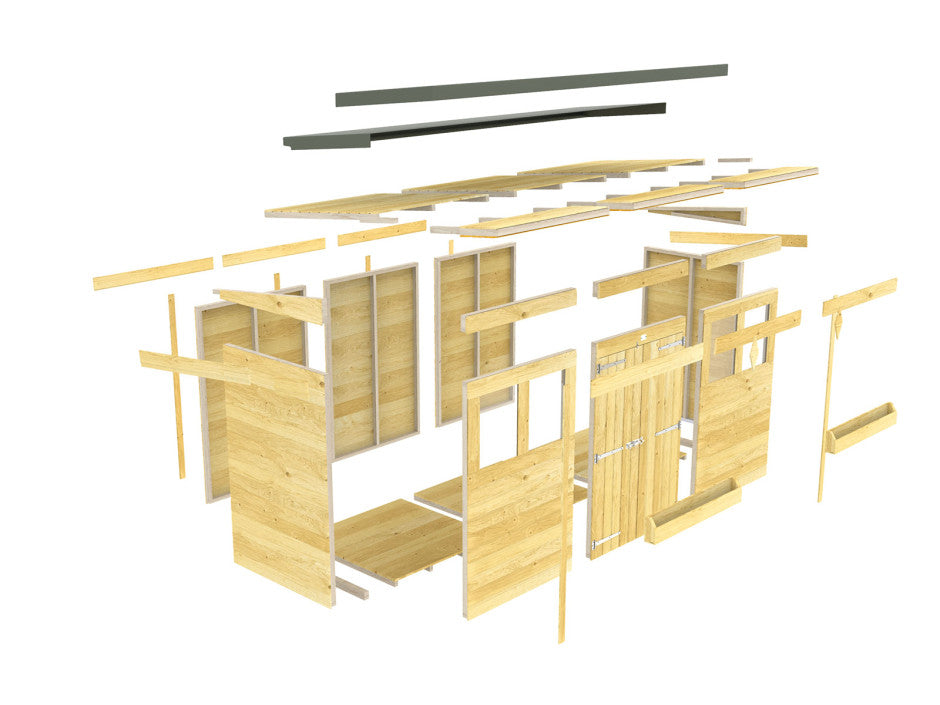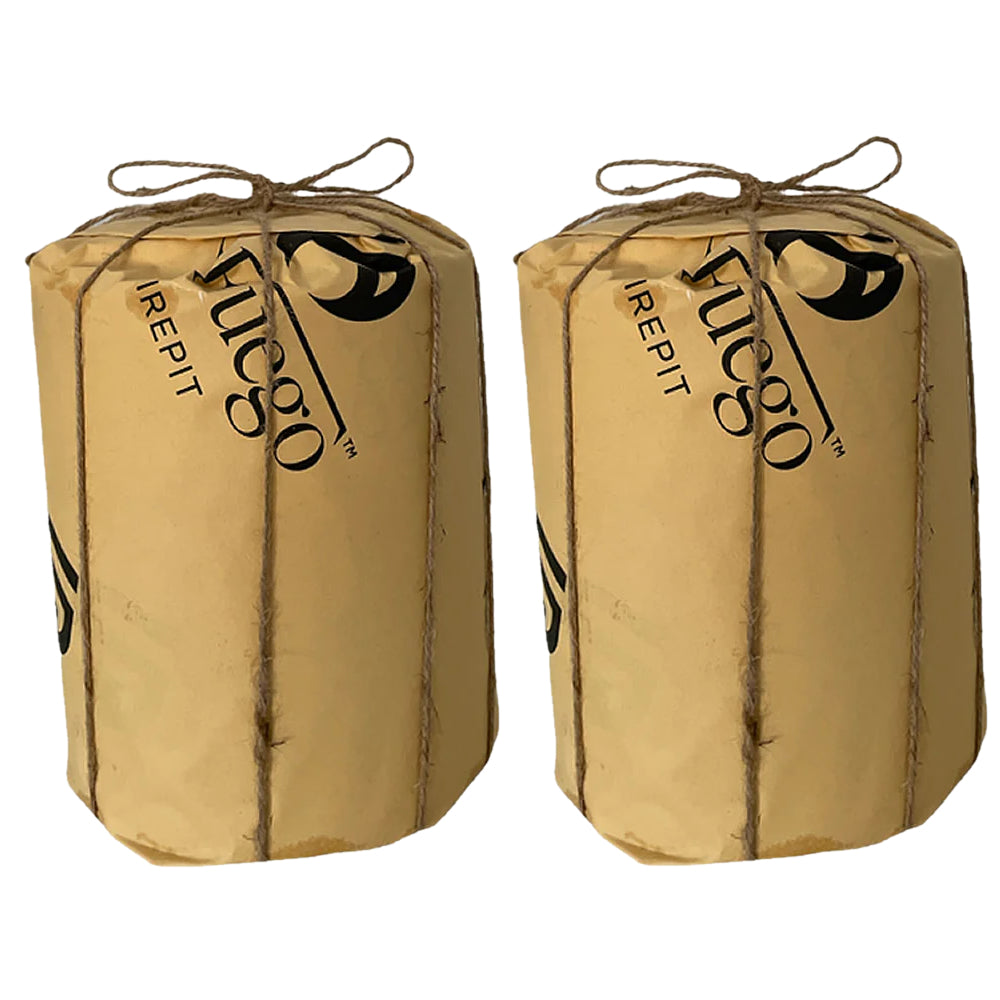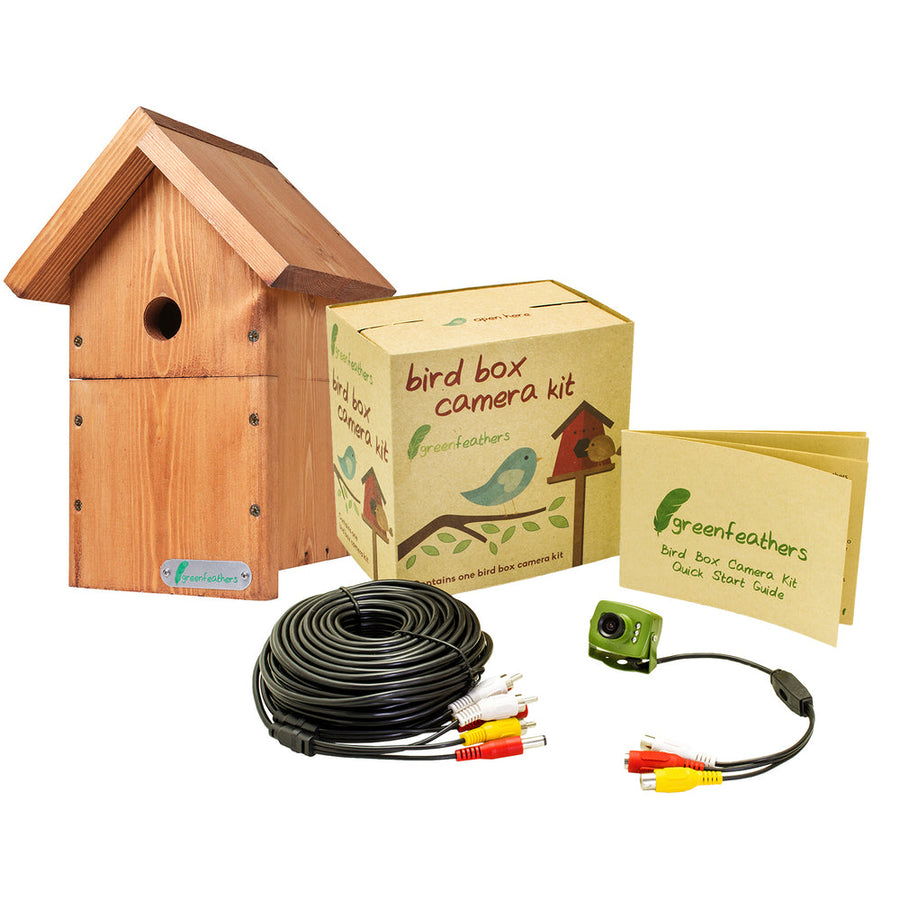When Do Birds Start Looking for Nests in the UK

With the season changing, you might start to notice a symphony of birdsong filling the air and wonder, when do birds start looking for nests in the UK?
Nesting season is one of nature’s most fascinating events, and it kicks off earlier than many expect. While some species begin scouting for spots as early as mid-January, most activity starts in February and can stretch right through to September.
Different birds follow different timelines, and a lot depends on weather, daylight, and food supply. Some birds will be returning from their winter migrations, others might be pairing up or already weaving their new nests.
In this post, we’ll explore what to look out for during nesting season, share key timings for UK species, and offer some ways to support our feathered friends as they settle in and raise their young.
Why Do Birds Nest Early
Birds tend to start nesting as soon as the weather allows, often in late winter or early spring. This early start helps give their chicks the best possible chance to grow strong before the colder seasons return.
Food Availability
Ever heard the phrase, “the early bird gets the worm”? Well, spring brings a natural boost in food sources like insects, seeds, and other treats birds rely on. For nesting parents, this is a lifeline as they need plenty of energy to feed their hungry chicks. Nesting early helps birds take full advantage of this seasonal buffet, giving their little ones the fuel they need to grow and develop their flying and foraging skills ahead of autumn and winter.
Breeding Success

An early start also gives birds more flexibility throughout the breeding season. If an early clutch of eggs doesn’t succeed, there’s still time to try again. Some species may even raise more than one brood in a single season, and those extra weeks can make all the difference in boosting their chances of success.
Territory and Safety
Timing is everything when it comes to finding the best nesting spots. Birds that start early can snatch up the safest, most sheltered territories: places with good cover, fewer potential predators, and access to essential resources. A well-chosen site offers better protection from both the elements and larger animals that might pose a threat.
5 Signs Birds Are Nesting

Spring is a busy time in the bird world, and if you’re paying attention, there are plenty of clues that nesting season is underway.
Here are five signs to look out for in your garden or local green space:
1. Increased Birdsong
One of the earliest signs of nesting season is a noticeable uptick in chirping and singing. Male birds, especially robins and blackbirds, sing loudly to attract mates and mark out their territory.
2. Nest-Building Activity
Keep an eye out for birds carrying twigs, dry leaves, feathers, or even bits of moss. This gathering of natural materials usually means a nest is in the works.
3. Repeated Visits to the Same Spot

If you see a bird flying to and from the same place several times, there's a good chance it’s building or checking on a nest. This behaviour is common once they’ve picked a safe space to settle.
4. Nests in Unusual Places
While many nests are built in trees or bushes, some birds opt for more creative spots like wall crevices, sheds, or behind drainpipes. Wherever there's cover and access to food, you might find a nesting site.
5. Territorial or Ground Activity
Some birds get bolder during nesting season, becoming more active on the ground or even chasing off other birds. This behaviour helps protect their chosen patch and can be a sign that a nest is nearby.
Which Birds Nest First in the UK?

As winter fades and spring begins, many of our garden birds start preparing for the nesting season. Some species are known for getting a head start, often looking for safe nesting spots as early as February, other species can take a little longer to begin.
Here’s a quick guide to when some UK birds start nesting, where they like to build, and what their breeding timeline looks like:
ir breeding timeline looks like:
|
Bird Species |
Typical Nesting Months |
Preferred Habitat |
Egg-Laying Period |
Incubation Time (approximately) |
|
Blackbird |
Mar - Aug |
bushes, trees, dense garden vegetation |
Mar - Jul |
13 - 14 days |
|
Blue Tit |
Mar - Jun |
nest boxes, tree holes |
Apr - May |
13 - 15 days |
|
Chaffinch |
Apr - Jul |
trees, shrubs, garden hedges |
Apr - Jun |
10 - 16 days |
|
Crow |
Mar - Jul |
trees, woodland edges, treetops |
Mar - May |
18 - 20 days |
|
Dunnock |
Mar - Jul |
hedges, low shrubs, ivy-coloured walls |
Apr - Jul |
12 - 13 days |
|
House Martin |
Apr - Aug |
building eaves, ledges, under overhangs |
May - Jul |
14 - 16 days |
|
House Sparrow |
Mar - Aug |
roof spaces, holes in walls, next boxes |
Apr - Aug |
11 - 14 days |
|
Jackdaw |
Feb - May |
chimneys, buildings, tree holes |
Mar - Apr |
17 - 18 days |
|
Magpie |
Mar - Jul |
tall trees, woodland, hedgerows |
Apr - May |
18 - 21 days |
|
Robin |
Feb - Jul |
shrubbery, hedgerows, garden nooks |
Mar - Jul |
13 days |
|
Seagull (urban) |
Mar - Jul |
rooftops, cliffs, flat ledges |
Apr - Jun |
25 - 32 days |
|
Song Thrush |
Mar - Jul |
trees, hedges, dense shrubbery |
Mar - Jul |
12 - 14 days |
|
Spotted Flycatcher |
May - Aug |
wall crevices, tree branches, ledges |
May - Jul |
12 - 14 days |
|
Woodpigeon |
Feb - Sep |
tall trees, woodland edges, rooftops |
Mar - Aug |
17 days |
Why Some Species Start Nesting Later Than Others

Not all birds follow the same nesting timeline. Some species, like house martins, tend to arrive later in spring due to their migratory habits, often starting to nest from late April or May. This makes them ideal candidates for bird boxes that haven’t yet been claimed.
Installing a few bird boxes at different heights, along with a birdbath for fresh water, can help support these late nesters. With a bit of planning, your garden can become a safe and welcoming spot for birds that arrive just as others are finishing up their first broods. Turns out, not every bird is an early bird, some just hit snooze until May.
When Does Nesting Season End?
Nesting season in the UK usually winds down by late summer, often wrapping up by the end of August. However, some birds, like robins and house martins, may carry on into early autumn if the weather stays mild and food remains plentiful.
As the season shifts and daylight shortens, you'll notice less nest-building activity, signalling that this busy time for birds is coming to a gentle close, and a reminder to us to make the most of warm days before winter arrives.
Birds Nest Protection Law

In the UK, disturbing nests is a criminal offence under the Wildlife & Countryside Act 1981. That means once a bird settles in, their nest is legally protected.
Active Nests: As soon as a bird starts using a nest, whether for laying eggs or raising chicks, it becomes protected. Moving or damaging an active nest is both harmful to the birds and against the law.
Eggs and Chicks: All wild bird eggs and chicks are fully protected. This gives young birds the best chance to grow strong and healthy, without unexpected disruptions.
Nesting Materials: Even if a nest isn't currently active, it's still best to leave nest building materials undisturbed. Birds may reuse them or return to the same spot next season.
Exceptions
There are a few exceptions, such as licensed work for health and safety reasons. But unless you’ve got clear guidance from the proper authorities, do not take action. When in doubt, let nature nest in peace!
How to Help Birds During Nesting Season

Want to give nesting birds a little boost this season? Here are some easy ways to create a bird-friendly space:
-
Put up bird boxes early: Place nesting boxes in sheltered, quiet spots away from direct sun and predators.
-
Offer natural nesting materials: Leave out dry twigs, moss or soft grasses. Avoid synthetic fibres and human and pet hair as they may contain treatments that can be toxic.
-
Keep feeders stocked: Provide a mix of seeds, suet, and mealworms to keep energy levels up. This supports both nesting adults and hungry fledglings.
-
Provide clean water: A shallow birdbath with fresh water helps with drinking and bathing. Clean it regularly to keep birds healthy.
-
Plant bird-friendly shrubs and trees: Native plants offer natural shelter, food, and safe nesting spots, plus they support the insects that chicks rely on.
-
Use squirrel-proof feeders: Helps keep food available for birds while deterring cheeky intruders.
-
Keep feeders clean: Wash with warm soapy water weekly and rinse thoroughly. This helps prevent disease and keeps your garden safe for all visitors.
How to Monitor Bird Nests
Monitoring nests is a great way to learn about your garden birds, but it’s important to do it gently and responsibly. Keep a respectful distance and use binoculars when possible.
Here are safe, effective ways to monitor nesting activity:
-
Track nest construction: Robins may begin as early as January, blackbirds in March, and house martins once spring warms up.
-
Note key details: Record the nest building date, egg count, hatching times, and chick growth stages.
-
Use status codes: These help you categorise what stage the nest is in (e.g. building, egg-laying, hatching).
-
Count carefully: Only if it’s safe and unobtrusive, you can count eggs or chicks without touching the nest.
-
Check occasionally: Limit how often you observe nests. Once or twice a week is usually enough.
-
Log the outcome: Note if chicks fledge successfully or if the nest is abandoned.
Want an even closer look? Consider installing a bird box camera for a window into their world, without ruffling a feather!
Flying the Nest

Bird nesting season in the UK can start as early as mid-January, but while some birds get an early start, others prefer to wait. By mid-April, most species are well into their nesting cycle, each following their own rhythm. Spring marks the busiest period, with birds finding territory, pairing up, and raising baby birds, all before the winter months return. It’s a wild little rush through nature’s to-do list.
By autumn, most fledglings are already stretching their wings and leaving the nest. Remember, there are laws against disturbing active nests, so observing our local wildlife should always be done with care. If you’re curious about how to help, we’re cuckoo for birdies here at Garden Wildlife, so get in touch.
Frequently Asked Questions
How do birds make nests?
Birds use their beaks like tiny tools to weave twigs, grass, and mud into shape. Some even use spider silk or saliva as nest glue. It’s nature’s version of DIY, and they don’t even need instructions!
Where should you place your bird nest?
Pick a sheltered, quiet spot, ideally facing north or east. Height matters, so 1–3 metres high works well for robins and blackbirds. Clean boxes after nesting season to keep things fresh.
What is the nesting cycle of birds?
Birds typically first claim a territory, find a mate, and build a nest. Then come the eggs, incubation, hatching, and lots of feeding. Once fledging kicks in, it’s all about preparing the next generation.
Why do some birds nest later in the year?
Species like house martins and swifts are summer migrants, so they arrive later. Others may delay due to climate change or longer food availability in urban areas. Either way, they’re just running fashionably late.


